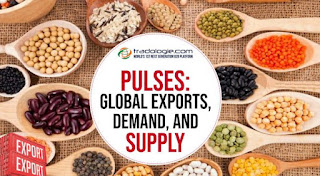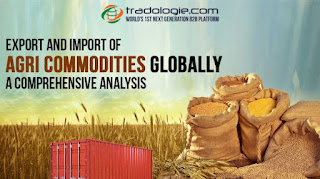Spice Trade: Most Profitable Spices To Export Globally

Saffron and cardamom are two spices that are most profitable to trade in global market. In 2020, global saffron market was pegged at $374.6 million and expected annual CAGR between 2020 and 2028 is pegged at 8.5% for it. This annual CAGR is expected to be achieved on the back of medicinal and cosmetic application of saffron. Saffron has notable health benefits and is a known source of antioxidants. Cardamom is second only to pepper in usage in food preparations and cardamom trade is comparable to saffron trade in profitability. Saffron trade Saffron is costliest spice and trade of no other spice offers better profit margin to global spices traders . Though primary use of saffron is for food seasoning but utilization in pharmacy is also noteworthy. Iran is largest producer of saffron and dominates export market too. Re-exporters like Spain rely heavily on Iranian saffron and 50% of Iranian saffron is imported by Spain. Asia Pacific Leads Saffron Market Asia pacific has dominate




